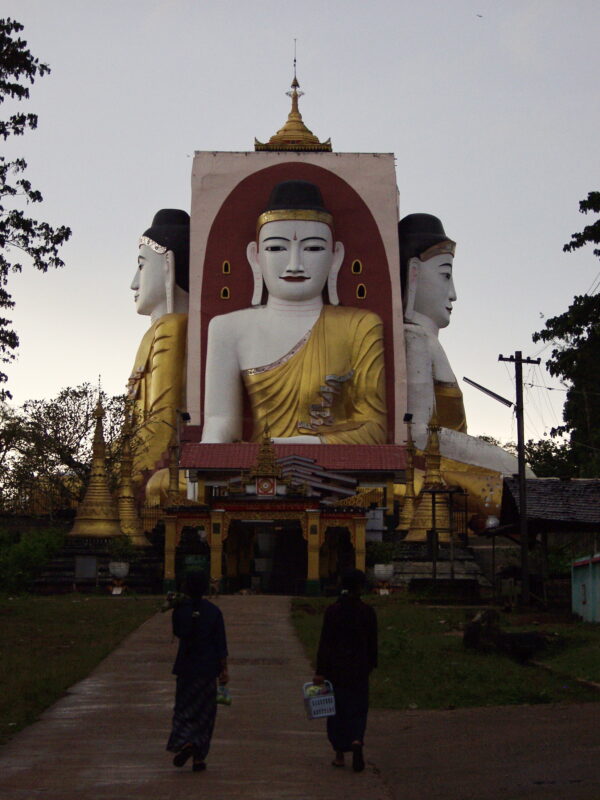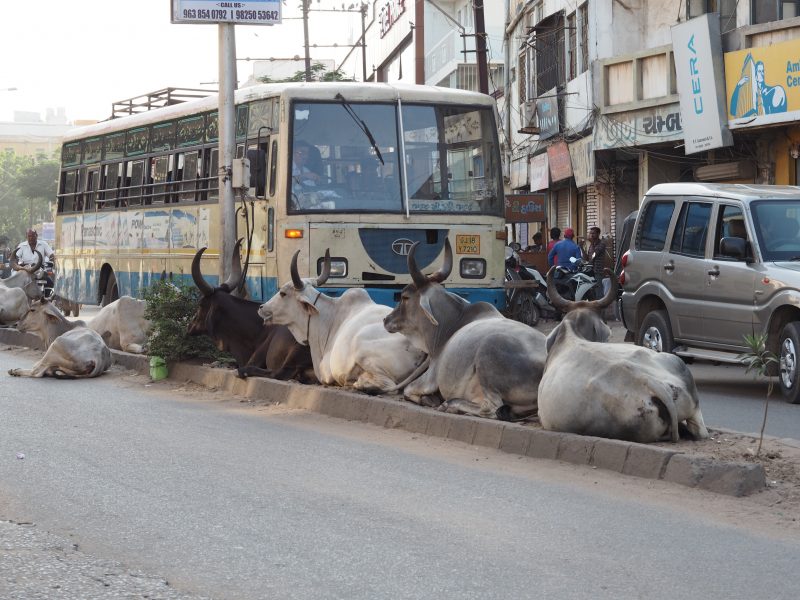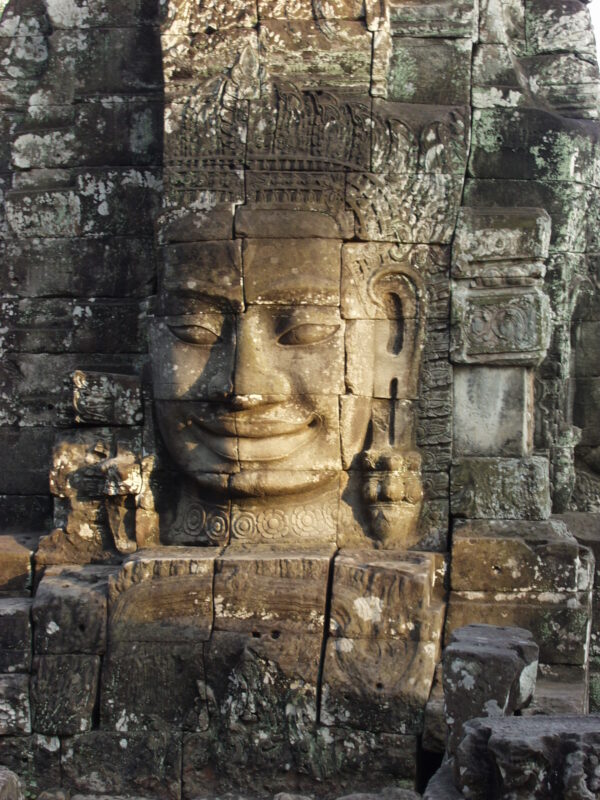South and Southeast Asia
A vast region ranging from the mountainous regions of Pakistan, northern India and Nepal to the tropical rainforests of Borneo and Papua.
travel time
Since a trekking tour in Nepal and a diving holiday in Raja Ampat are not comparable, the question of the ideal travel time can only be answered in connection with the planned trip.
medical supplies
Some urban regions in India, Thailand, Indonesia and the Philippines have good to excellent medical infrastructure. The rural areas, however, have hardly any medical facilities that meet Western standards.
security situation
Large countries such as India, Indonesia or Myanmar are home to a large number of ethnic groups. Living together is not always smooth. The current security situation should be checked again shortly before departure.
Since both rabies and Japanese encephalitis occur in large parts of the region, you should first contact your trusted travel doctor at least 5 weeks before departure. Depending on the itinerary, one can discuss the need for these vaccinations and – if one decides to do so – in any case has enough time to carry them out.
Typhoid protection is a must in South Asia (India, Pakistan, Afghanistan, Bangladesh). For the rest of the countries, the need depends on the hygienic standard of the travel destination.
Only Papua New Guinea and the Indonesian part of the island, West New Guinea or Irian Jaya, are still high-risk areas for malaria, for which preventive, continuous use of antimalarial medication is recommended.
In the rest of the region, the disease has declined sharply, here it is sufficient to take malaria emergency medication with you. However, you must discuss the symptoms of the disease and what to do in case of suspicion in detail.
Some destinations have been so successful in controlling the disease that they can be considered malaria-free.
As long as you are in the catchment area of cities with good medical care, your personal first-aid kit should only contain things that you would take with you on a trip within Europe. Only the symptoms of traveler’s diarrhea should also be considered.
For trips to more remote areas or trekking and mountain tours, emergency care for pain, diarrhea, respiratory infections and wounds should be possible.
In addition, you must of course carry a sufficient quantity of the medication that you have to take regularly. For long journeys you may have to have this approved, so think about it in good time.
Many areas have a tropical climate with hot and humid weather. Get adequate clothing in good time, light and airy. This is especially difficult in winter, when the shops are full of loden coats and woolen hats. Some countries in the region are Muslim, hotpants and shirts with spaghetti straps are not popular.
Check your first-aid kit – are the medicines still up to date? Has something expired?
Planning vaccinations, getting malaria medication.
If you plan and put together your trip yourself: think about any necessary visas or permits for certain regions.








